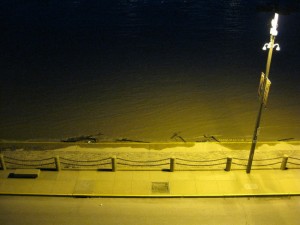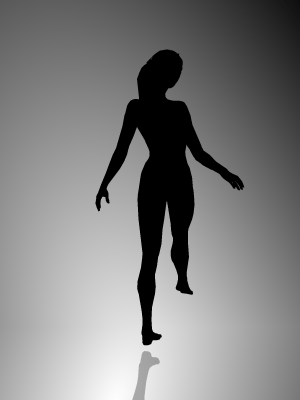Dawkins’ Greatest Show on Earth
Richard Dawkins released The Greatest Show on Earth in November to really and truly assemble substantial amounts of understandable evidence in one place for those 40% of Americans who can't stand to follow the evidence where it leads and for those of us who want the hordes to quit making excuses and to follow that evidence. I haven't read Dawkins' new book yet (though I own it), but Jerry Coyne has read it, and he reviewed it at The Nation. Coyne begins his review by characterizing the absurdity of refusing to acknowledge evolution by natural selection. The situation is as bad as as this hypothetical:
Imagine for a moment that a large proportion of Americans--let's say half--rejected the "germ theory" of infectious disease. Maladies like swine flu, malaria and AIDS aren't caused by micro-organisms, they claim, but by the displeasure of gods, whom they propitiate by praying, consulting shamans and sacrificing goats. Now, you'd surely find this a national disgrace, for those people would be utterly, unequivocally wrong. Although it's called germ theory, the idea that infections are spread by small creatures is also a fact, supported by mountains of evidence.
Coyne also describes Dawkins' chapter setting forth powerful evidence illustrating that evolution is a tinkerer:In a wonderful chapter called "History Written All Over Us," Dawkins shows that animal anatomy is like a medieval palimpsest, carrying traces of our evolutionary ancestry. Human goose bumps, for instance, serve no function: they're remnants of the muscles used by our mammalian ancestors--and our living relatives like cats--to erect their fur, making them warmer and giving enemies the illusion of greater size. Modern genome sequencing has also uncovered vestigial DNA: useless, broken genes that are functional in our relatives and presumably were too in our ancestors. Our own genome, for instance, harbors nonfunctional genes that, in our bird and reptile relatives, produce egg yolk. Embryology--the study of development--brings more proof to the table. The pharyngeal arches of the early, fishlike human embryo are derived directly from the gill arches of fish, though they go on to become, among other things, our larynx and eustachian tube.
Coyne has given us a well-written review. Now it's time for me to go read Dawkins' book itself, so I can speak first hand. BTW, Catch this excellent 3-minute video of Dawkins describing the purpose of writing The Greatest Show on Earth.





